Science North has been leading in the field of science education and engagement in Canada for four decades, from its origins as a regional science centre to its current standing as an international leader.
Science North operates two physical locations in Sudbury, Ontario: Science North and Dynamic Earth, both of which serve as key educational and tourist attractions. With a commitment to inspiring people through hands-on science experiences and a mission rooted in inclusivity and sustainability, the organisation is expanding its reach through new centres, community outreach programmes, and innovative touring exhibitions.

Ashley Larose, CEO of Science North, and Marc Gareau, senior manager of international sales, speak to blooloop about the organisation's evolution, its ambitious plans, and the continued impact it seeks to make both locally and around the world.
The evolution of Science North’s mission
Since its founding in 1984, Science North’s mission has been to inspire people to engage with science in a meaningful way. "From the day we opened the doors in 1984, that’s what we were all about," Larose says. Over the years, however, this mission has evolved to meet the changing needs of its diverse audience. What began as a local initiative now serves a global community.
"Science North is unique,” adds Gareau. “We're in a unique setting here in northern Ontario, in a relatively small mining city and we've had tremendous success in a geographic location that many folks said would present many challenges. We've grown tremendously in the last 40 years, all through a very strong commitment to education, science, and informal learning."

Larose says the centre’s programmes have adapted to both the shifting landscape of education and the differing needs of its guests: "We’ve reflected the changing needs of our audiences. Just as people are different now and have different needs than they did in 1984, so we have evolved the way that we serve."
Science North has consistently aimed to broaden its reach, focusing on inclusivity and equitable access to science education. This is evident in programmes such as Science For All, an initiative designed to remove barriers to participation by ensuring that anyone who wants to access the centre's resources can do so.
Expanding horizons: two new science centres for Northern Ontario
This mission of equitable access is a driving force behind its latest projects: two new science centres in Thunder Bay and Kenora, two key cities in Northern Ontario.
Regarding the significance of these locations, Larose says: "We are mandated through the province of Ontario to serve all of Northern Ontario, an area of 800,000 square kilometres with a relatively small population."
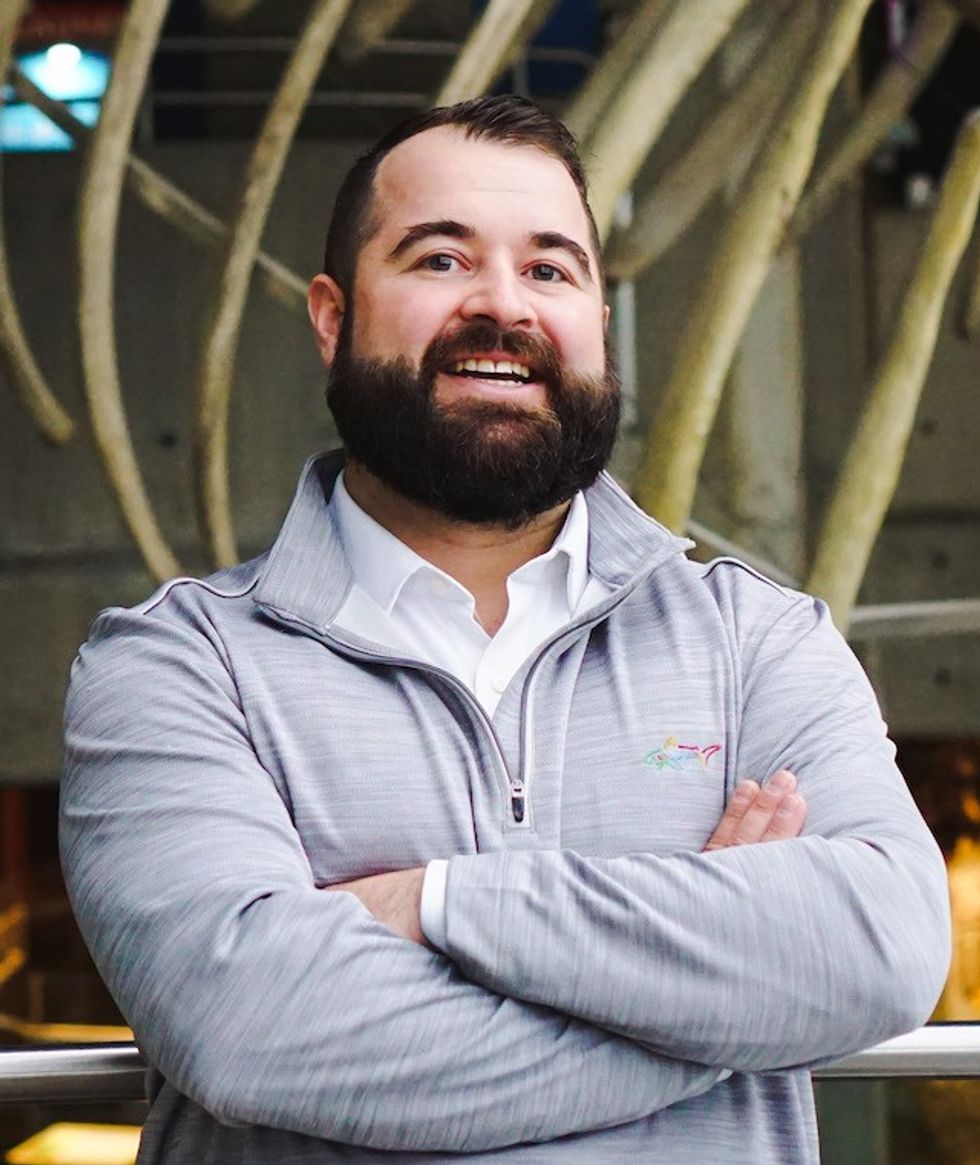
Because of the vast geographic scope and population spread, some northern communities have had limited access to Science North’s in-person experiences. By creating these new centres, Science North will be able to address regional disparities in access to STEM education.
She adds that tailoring the offerings at these centres to their respective communities is essential: "These science centres will be completely unique. Thunder Bay, for example, has a passionate culinary scene, so we’re envisioning a teaching kitchen that will become a hub for the community."
As well as aligning with the local culture, both centres will incorporate Indigenous knowledge alongside Western science, fostering a holistic approach to learning. "We've done an extensive collaboration with the Indigenous communities in these areas," Larose says, "allowing us to braid traditional knowledge with Western science to provide a more fulsome experience."
Outreach and inclusivity
Inclusivity is central to Science North’s work. From rural areas to underserved populations, it has prioritised outreach initiatives to ensure that no one is left behind in the pursuit of scientific knowledge.
"Partnerships are the key to any of our successful programming," says Larose. This collaborative approach enables Science North to bring dynamic and impactful programmes to even the most remote areas. One standout example is the centre's outreach to Moosonee, a community accessible only by rail. "Our staff recently delivered three days of experiential learning there, making a big impact in a remote area."
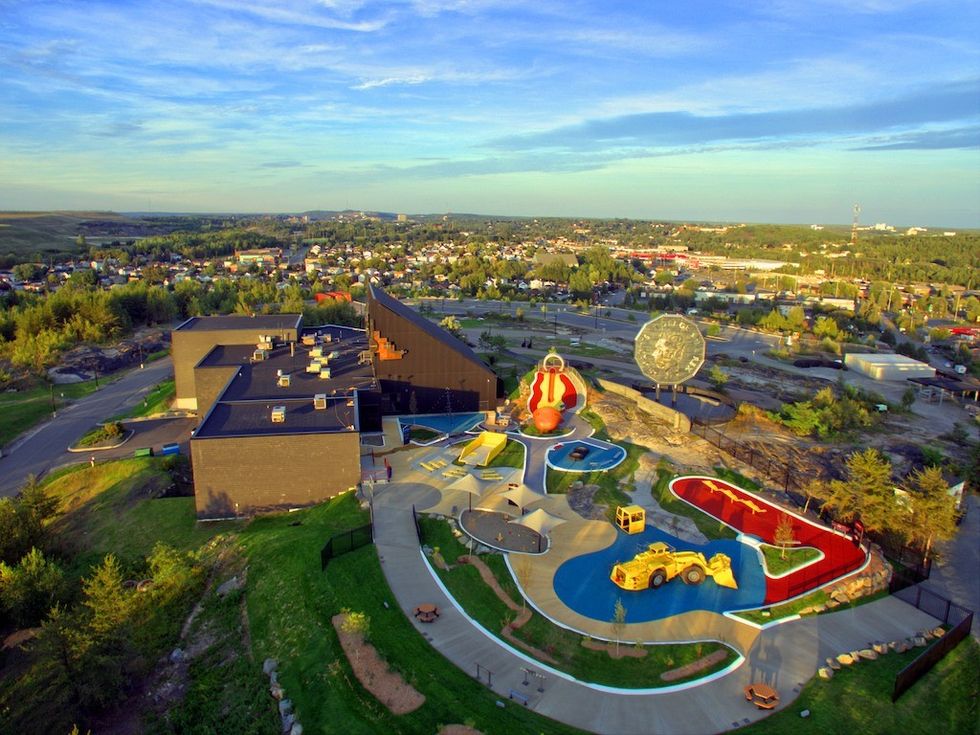
Other projects include a vaccine hesitancy programme supported by the Canadian government’s Immunization Partnership Fund. This reached over two million people. Additionally, the Youth Climate Action Summits empower young people to take meaningful steps against climate change, encouraging them to become leaders in their communities.
On the technical side, Science North has provided coding workshops to more than 200,000 participants and has also trained more than 75,000 teachers in digital skills, helping them to prepare the next generation for the demands of the digital age.
Science North’s travelling exhibitions
Meanwhile, Science North’s travelling exhibitions have been a critical factor in expanding its global reach, says Gareau:
“Our exhibitions have been seen in more than eight countries throughout their tours, and the current schedule spans all across Canada and the USA. Our exhibits are designed to engage diverse audiences using compelling, relevant scientific content across all international venues. We've been able to achieve our expansion through our science-based exhibits, in part thanks to meaningful relationships we've developed with international partners that have a broad global presence."
"For example, we've collaborated in-depth with Ripley's on the production of The Science of Guinness World Records and The Science of Ripley's Believe It or Not, which exemplifies the power of those partnerships."
The Science of Ripley’s Believe It or Not and The Science of Guinness World Records are two of Science North’s most popular exhibitions.
“Our development partner in Ripley's is an iconic cultural entity with a broad global presence, which certainly helped on the international stage. Some of our other popular experiences include Extreme Sports: Beyond Human Limits and past exhibits like Creatures of the Abyss, which also had a larger international tour.
"What all of our exhibitions have in common is that we take potentially complex topics and look at them through the lens of science, then transform them into engaging and inspiring stories. For example, The Science of Guinness World Records draws a parallel between the scientific method and record-breaking. It allows people to learn how anyone, anywhere, can use science to help them break records."
Experts in exhibit development
Speaking about what makes the science centre’s travelling exhibitions stand out in a crowded market, Gareau says: "The most significant difference with Science North is that we're not just an exhibit producer; we also operate multiple science centres.
“This is a tremendous advantage in how we develop exhibitions. We live the visitor experience daily, so we get what it takes to create engaging exhibits. This gives us greater flexibility to respond to trends and the needs of our clients, ensuring both areas are continually evolving and improving."
Larose adds: "We would never create an exhibition that we wouldn’t be proud to host ourselves. We live and breathe interactivity here. It’s all about engaging and experimenting, and that’s the foundation for our travelling exhibitions.”
This philosophy drives the team to create engaging, interactive, scientifically rigorous exhibitions that resonate with global audiences. Opening each exhibition at Science North allows the team to conduct thorough learning evaluations and adjust exhibits based on guest feedback before they are rolled out to partners’ venues.
“That means we can fine-tune all logistical requirements, research visitor behaviours, and test educational impacts,” says Gareau. “We battle-test those exhibits in a real environment to ensure they meet our highest standards before heading out into the market."
Accessibility and approachability
When it comes to exhibit design, Science North has its own internal set of standards called 'characteristics of excellence,' which it uses to design its concepts.
“One of those characteristics is comfort, which covers the accessibility and approachability of an exhibit,” says Gareau. “It ensures multiple entry points for visitors to access the key message. So, when visitors approach any exhibit we create, they have to immediately understand what to do with it and where to look, even without a facilitator.
"Our exhibits usually target a very broad age group, so we aim for content at grade six reading comprehension level while using other visual cues like images for non-readers. Travelling exhibitions are a special challenge because audiences change from region to region, so we tend to avoid specific conclusions that might not be relevant to everyone. Instead, we focus on delivering content that sparks curiosity and encourages people to learn more."
The recent global pandemic allowed the science centre to evolve in the way it provides its touring exhibition services, he adds:
“We found that museums and institutions sought more flexible, customisable solutions that could adapt quickly to changing circumstances. Offering that adaptable and custom solution is more valuable than ever, and it allows us to react better to the evolving needs of our clients.
"We also learned how to better connect with our clients at a distance, leveraging new technology and tools to enhance our services. At one point, we even tried a teleconferencing robot for our travelling exhibitions! We're always trying new tools and tech to innovate and adapt based on the feedback we're receiving."
New exhibits & trends
Talking about upcoming travelling exhibitions, Gareau explains that Science North is currently working on a complete overhaul of the digital infrastructure for its Nature Exchange:
“We’re modernising the entire user experience from head to toe, enhancing the existing features in the database, and adding new front-end experiences to engage visitors directly in ways we’ve never done before. This will deliver stronger insights for operators and create a brand-new platform for community engagement."
“Another exciting project is our upcoming Skeletons: The Wonders Within exhibit, a co-production between Science North, the Arizona Science Center, and Skulls Unlimited International. It will feature more than 100 species of real skeletons, blending art, science, and hands-on interactives to create a truly unique experience."
Looking ahead at the changing trends and evolving visitor expectations and how these will influence exhibition design, he adds:
“We know for sure that extended reality technologie s, like AI and VR, will be a huge part of exhibitions in the future. Visitors are looking for new ways to truly immerse themselves in experiences and see the world in ways they don’t have access to otherwise. They want to feel, see, taste, and hear things."
Sustainability at Science North
In a world increasingly focused on sustainability, the team at Science North are leading by example.
“We're committed to becoming net zero by 2050, and as the first science centre in Canada to make that commitment, it has implications for all our operations. From exhibit design, materials, shipping, and travel, we're intentionally reducing our footprint and enhancing sustainable practices."
"Visitors and communities’ expectations of us are much higher," says Larose, explaining that sustainability is integrated into every facet of their operations. Science North has already taken significant steps to upgrade its existing facilities with energy-saving measures such as installing solar panels and enhancing HVAC systems.
However, the new centres in Thunder Bay and Kenora will be built to even higher standards. "They’re designed to be net-zero buildings, and Thunder Bay will likely be net-positive, generating more energy than it needs.”
The emphasis on sustainability extends to Science North’s touring exhibitions. "We established sustainability standards that emphasise the use of sustainable materials, modular design for easy transport, and ensuring that we’re practising circularity," says Larose. A prime example is the Our Climate Quest exhibition, designed so every component can be reused at the end of the exhibition's life cycle.
As a science institution, Science North is also dedicated to educating the public about sustainability. By incorporating lessons from Indigenous partners, the centre offers programming that combines traditional ecological wisdom with modern sustainability practices, offering a unique perspective that resonates deeply with visitors.
Science North’s vision for the future
Looking ahead, Larose pictures a future in which the impact of Science North’s work continues to grow both locally and internationally.
The vision stays the same, but the breadth of impact changes," she explains. "Locally, we are about being a catalyst for education, tourism, and community engagement. We serve three spheres, and we do it through science engagement."
Over the next decade, Science North’s primary goal is to expand its reach across Northern Ontario, ensuring that every person who wants to access its programmes and centres can do so easily. "Breaking down barriers to equitable access is a priority for us," says Larose.
Internationally, Science North aims to continue influencing the global science education landscape through its touring exhibitions, films, and collaborative partnerships with other science centres.
"Innovation is the name of the game for the next ten years," Larose says. "Our audiences are evolving faster than ever, and if we’re not prepared to innovate and experiment, we won’t be able to meet their needs."
Science North has grown from a small science centre in Sudbury to a leader in science education, but its core values of inspiration, inclusivity, and innovation have remained unchanged. With the upcoming launch of two new science centres, the expansion of its outreach programmes, and its forward-thinking approach to sustainability, Science North aims to continue driving positive change—locally and globally—for decades to come.
Charlotte Coates is blooloop's editor. She is from Brighton, UK and previously worked as a librarian. She has a strong interest in arts, culture and information and graduated from the University of Sussex with a degree in English Literature. Charlotte can usually be found either with her head in a book or planning her next travel adventure.



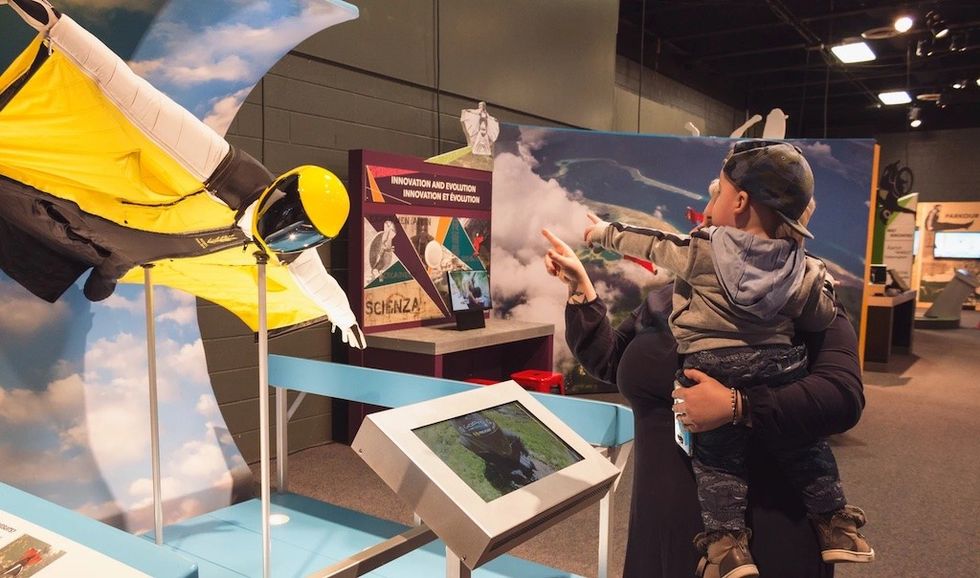

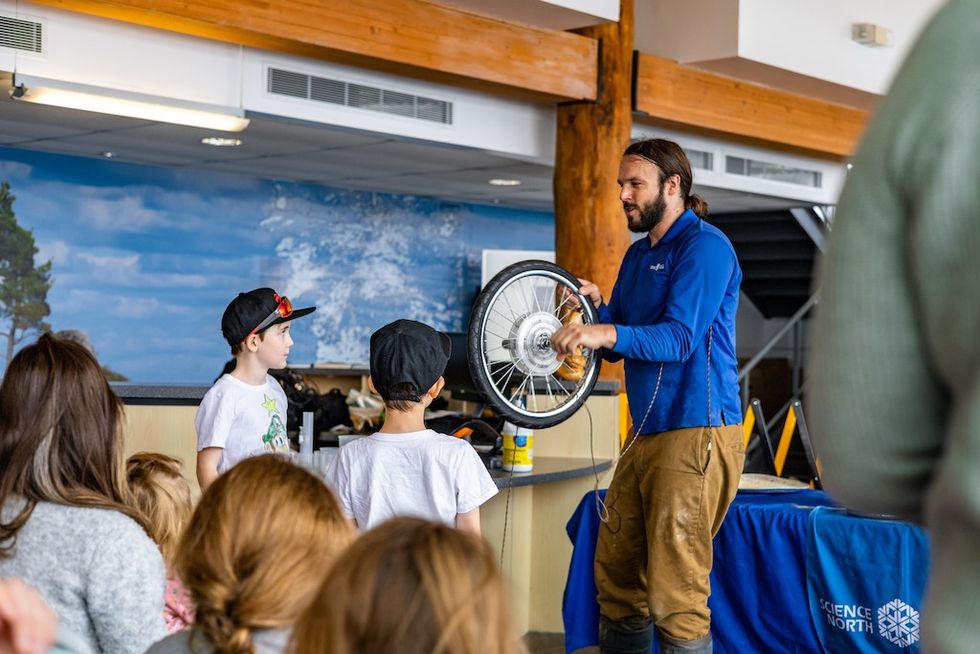
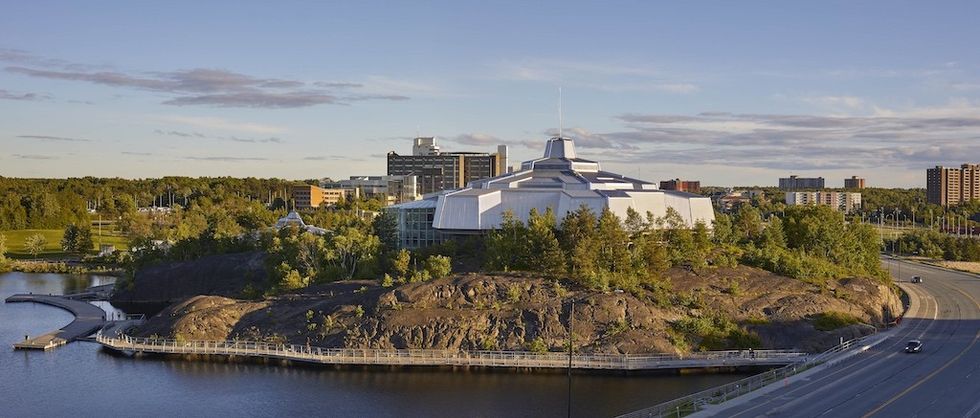
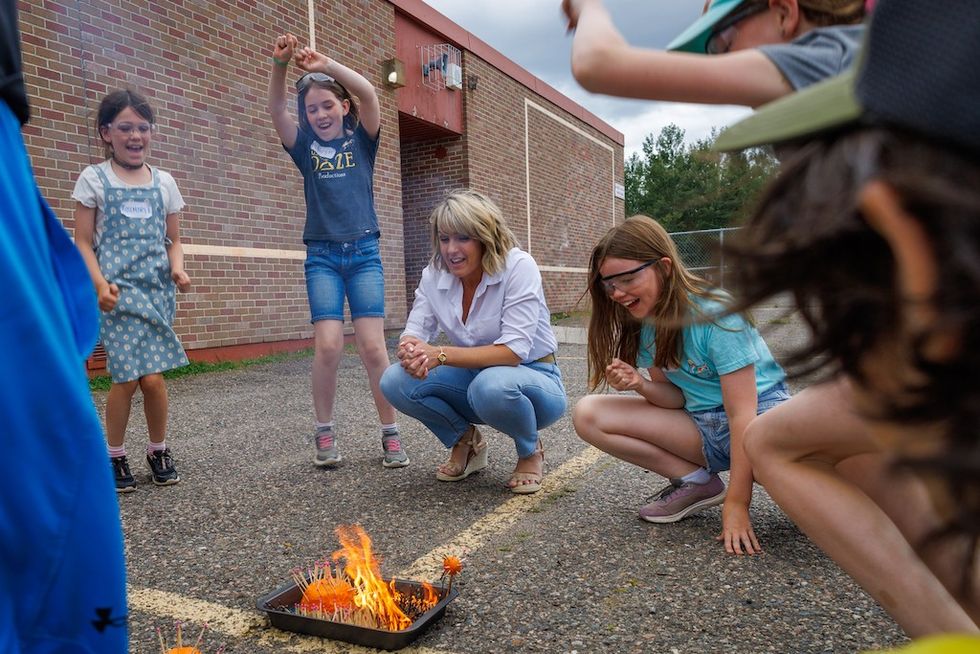


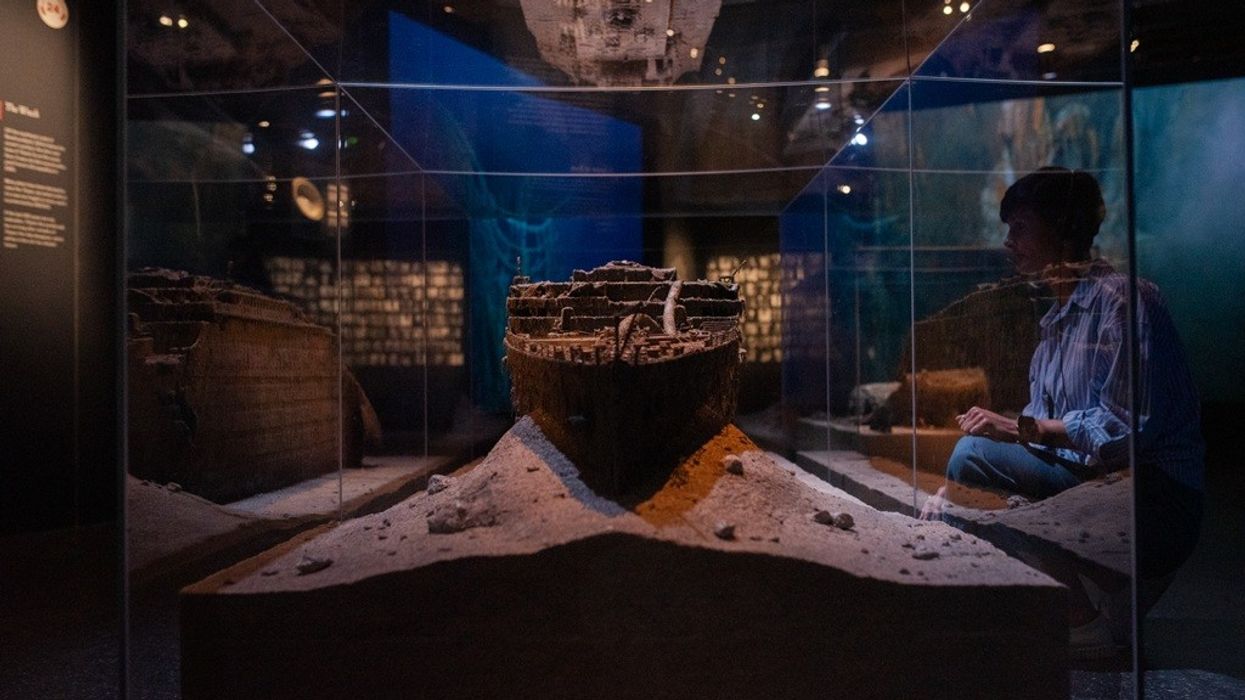
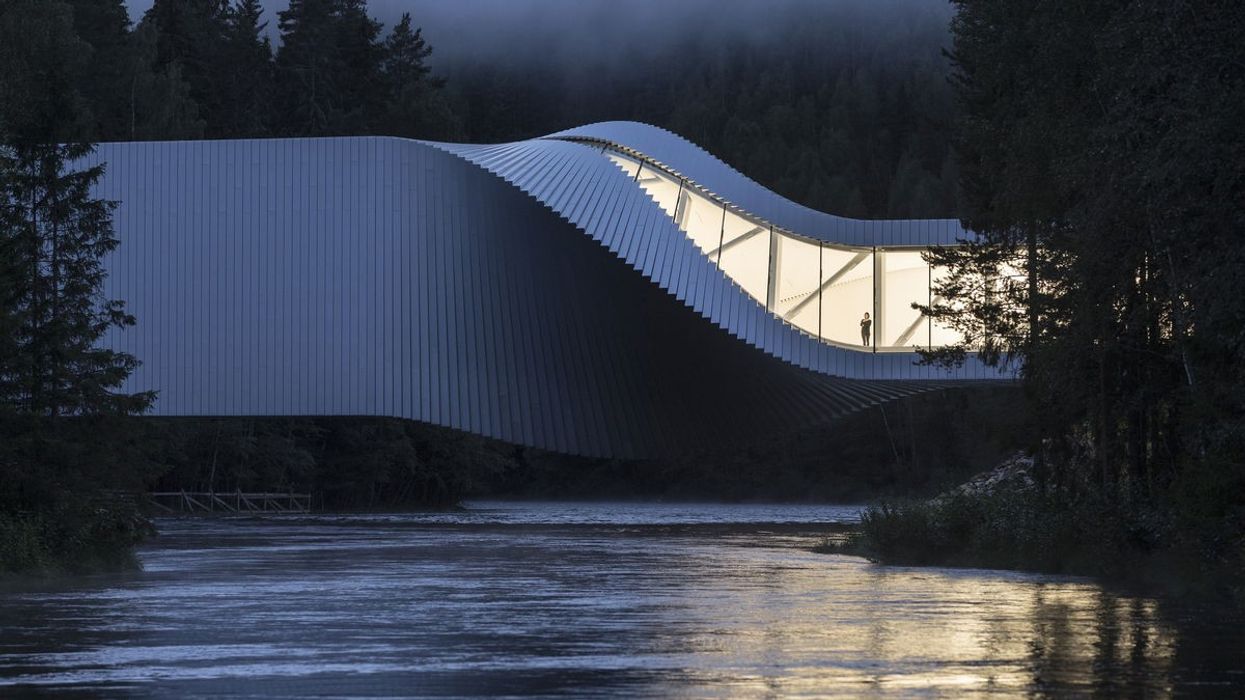
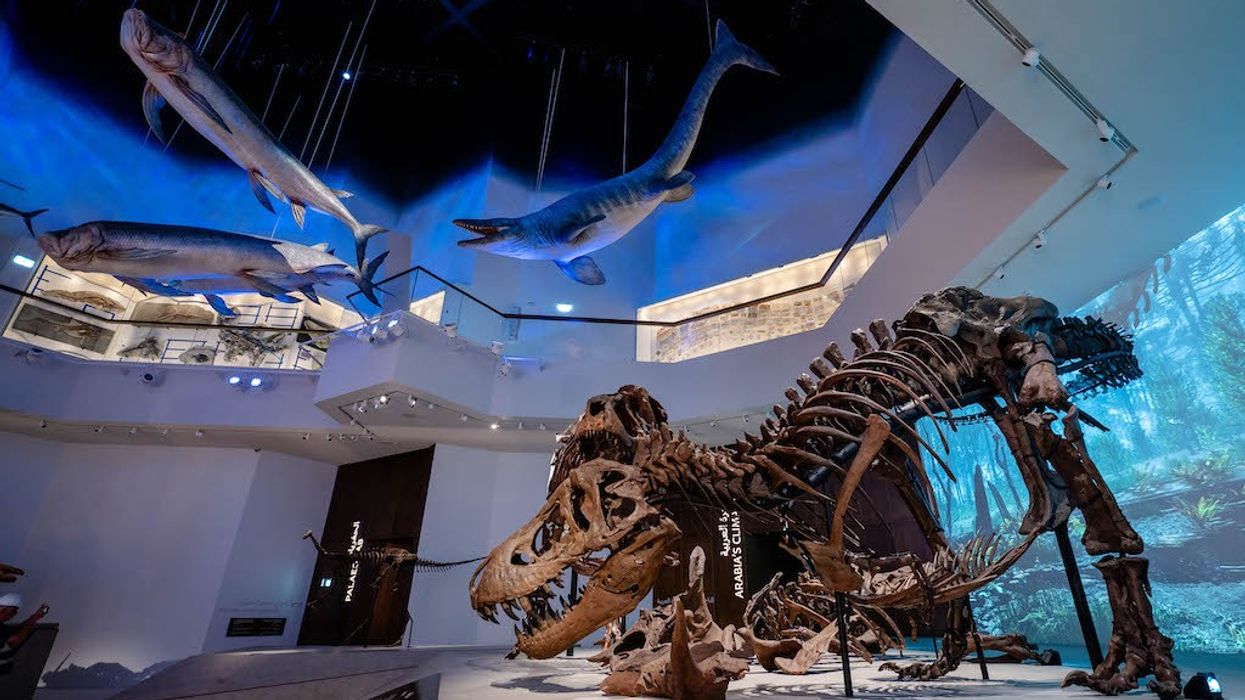

 TM Lim and Adam Wales
TM Lim and Adam Wales









 Toby Harris
Toby Harris Hijingo
Hijingo Flight Club, Washington D.C.
Flight Club, Washington D.C.
 Flight Club Philadelphia
Flight Club Philadelphia Flight Club Philadelphia
Flight Club Philadelphia Bounce
Bounce Hijingo
Hijingo Bounce
Bounce
 Fernando Eiroa
Fernando Eiroa











 Nickelodeon Land at Parque de Atracciones de Madrid
Nickelodeon Land at Parque de Atracciones de Madrid Raging Waters
Raging Waters  Mirabilandia's iSpeed coaster
Mirabilandia's iSpeed coaster Parque de Atracciones de Madrid
Parque de Atracciones de Madrid Ferracci at the ribbon-cutting ceremony for Nickelodeon Land at Mirabilandia, with (left) Marie Marks, senior VP of global experiences for Paramount and (cutting the ribbon) Sabrina Mangina, GM at Mirabilandia
Ferracci at the ribbon-cutting ceremony for Nickelodeon Land at Mirabilandia, with (left) Marie Marks, senior VP of global experiences for Paramount and (cutting the ribbon) Sabrina Mangina, GM at Mirabilandia Tropical Islands OHANA hotel
Tropical Islands OHANA hotel Elephants at Blackpool Zoo
Elephants at Blackpool Zoo  Tusenfryd
Tusenfryd
 Andrew Thomas, Jason Aldous and Rik Athorne
Andrew Thomas, Jason Aldous and Rik Athorne







